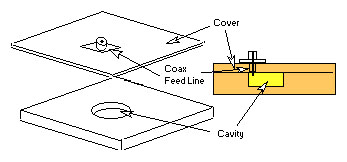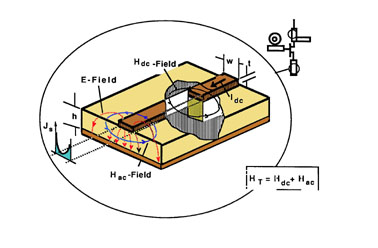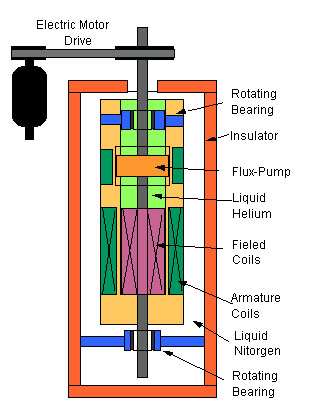


In this work an alternate and novel HTS material is used to implement cavity filters with very low loss. The material is a single crystal obtained by a seeded melt growth process. The cavity is initially pressed into a cylindrical shape. The process opens up many possible applications especially at millimeter wavelengths.




A detailed study of the characterization of a FET as a mixer element at low temperatures is also under way. The aim is to implement a hybrid superconducting semiconductor integrated circuit as a front end of a communication or radar system. This will include a low noise amplifier, a FET mixer, a local oscillator and an IF amplifier. All passive devices will be implemented using HTS thin films. The use of a FET mixer with conversion gain and reduced noise will be the key to a successful design of such a system. A drain mixer near pinch-off and with no bias is being studied as a viable mixer satisfying these required characteristics (Supported by OAI).

Flux-Pumped Superconducting Generator
Electric generators with superconducting coils provide considerable weight and space reduction especially for space applications. Using superconducting field coils, very high magnetic fields can be generated with the elimination of the heavy magnetic materials. One major drawback of these generators is the required slip rings and cumbersome power supplies to energize and de-energize these coils. The currents required to excite these coils may exceed thousands of amperes. The units have to be energized by ramping the coils to high currents, maintaining the currents indefinitely, and reducing the current back to zero whenever the generator is turned off.In this pioneering work, the slip ring and the cumbersome power supply to energize the coils have been completely eliminated for the first time by using a flux pump. By activating the electromagnets, the flux pump coils were energized which resulted in a steady increase of field coil current up to 1200A. The circulating current was maintained when the magnets coils were turned off. Finally by reversing the magnet polarity, the field coils were de-energized. The flux pump material was Niobium and the generator operated at Liquid Helium Temperatures. A liquid Nitrogen jacket was used as a heat shield between the outside ambient temperature and the 4K liquid Helium dewar.
Related thesis and papers